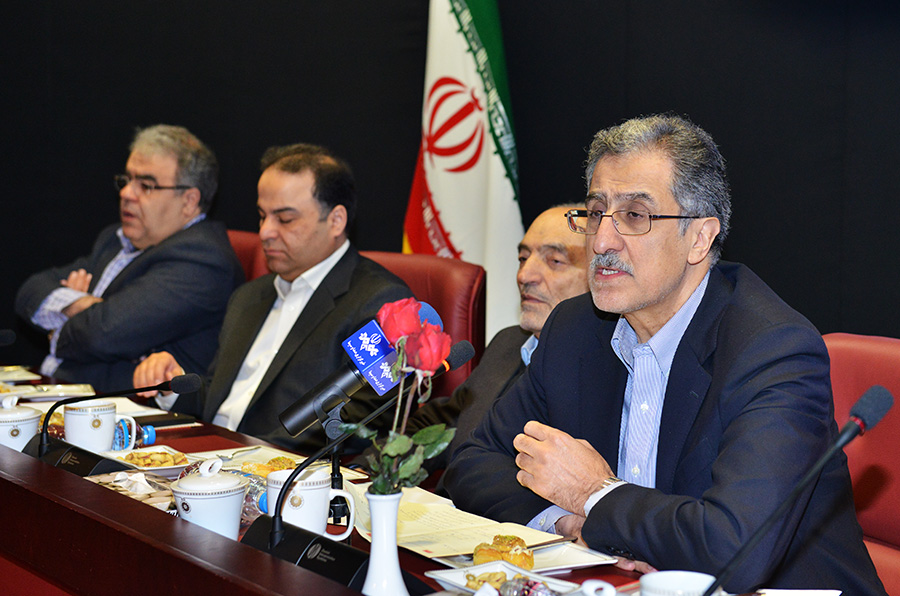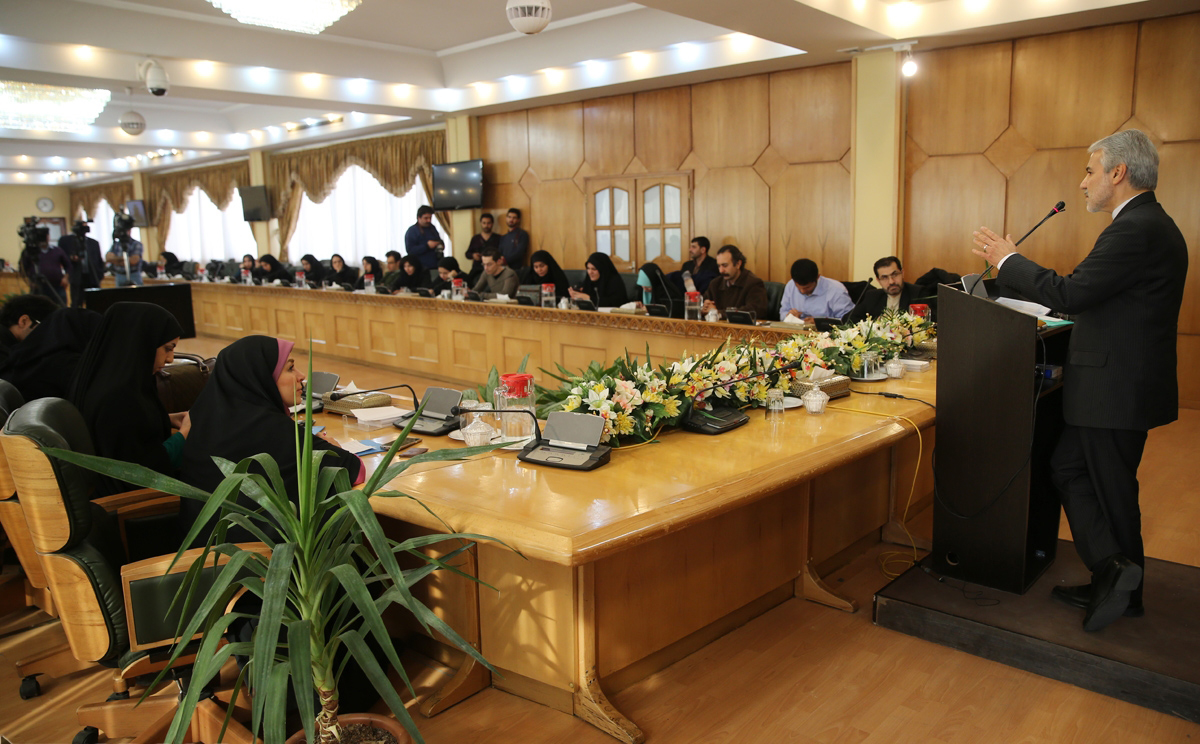President Hassan Rouhani’s government does not want foreign exchange rates to surge against the rial, as it would not be in its favor, the administration’s spokesman said.
“The official rate of the US dollar is not higher than 32,000 rials and it would not be in the benefit of the government for greenback rates to be high,” Mohammad Baqer Nobakht was also quoted as saying by IBENA.
Amid a recent US dollar rally in Tehran’s market, some rumors claimed the government allowed the rial to depreciate against other currencies to make up for its budget deficit. The government and the central bank have firmly rejected such claims.
“We preferred to pay a portion of [the government’s] debts from the capital market at a 22% interest rate so as to avoid increasing the value of the dollar,” Nobakht said.
Spurred by recent events such as last month’s preparations for Arbaeen religious pilgrimages to Iraq and Donald Trump’s upset victory in the US elections, the rate of the dollar began to move on a rising trajectory during the past couple of weeks and has yet to come down.
The greenback changed hands for 39,200 rials in Tehran’s market on Saturday, but dropped to a respective 38,910 rials and 39,090 rials on Sunday and Monday, keeping close to the 40,000 threshold–unbroken as yet.
Nobakht echoed CBI Governor Valiollah Seif’s recent remarks on the strengthening of American currency, saying current fluctuations in the foreign exchange market are “seasonal” and therefore rates will go down soon.
Private Sector Disaffection
Masoud Khansari, the head of Tehran Chamber of Commerce, Industries, Mines and Agriculture, expressed concern regarding foreign exchange rates being kept low by the government.

“The next concern is that the government tries to insist on lowering currency rates again and moves to inject cheap dollar into the market,” Khansari said on Tuesday.
That is exactly what the previous administration did, he added, which saw billions of dollars injected into the market to keep rates down.
Khansari said the previous administration eventually failed and in doing so, triggered a massive hike in currency rates.
“What the private sector expects is that the government accept the reality of forex rates and let them move on their natural trajectory without trying to hammer the rates down,” he said. “That is because these fluctuations could hurt the economy and the industrial and trade sectors very badly.”
Currency Change
Nobakht, who also heads the Planning and Budget Organization, said the Cabinet’s decision last week to scrap rial in favor of making toman the new official currency of Iran will not be a balm for all wounds.
“The reality is that the people have no such thing as rial in their everyday lingo and it is not effective in their dealings,” Nobakht said. “Toman is our practical monetary unit and no one is trying to solve the problems of the universe by changing rial into toman.”
As the official said, the new currency, which according to CBI’s Vice Governor Akbar Komijani would entail a possible reprint of all Iranian banknotes–will be easier to work with for the public but the parliament will have the final say in the matter.
The government spokesman referred to the longstanding proposal of lopping off three to four zeroes from the national currency, which has recently gained more traction as a result of talks about changing the country’s currency, and said, “That proposal is still in the study phase.”
The government on Wednesday approved changing Iran’s monetary unit from rial to toman, which will lop off one zero from the current national currency rial.
The decision was made when ratifying the Central Bank of Iran’s bill during the Cabinet meeting, which meeting was chaired by President Hassan Rouhani.
While rial has been used as Iran’s monetary unit in official documents and budget statements, toman is being used more commonly in daily transactions by citizens. The government will send the bill to the parliament for final approval.


